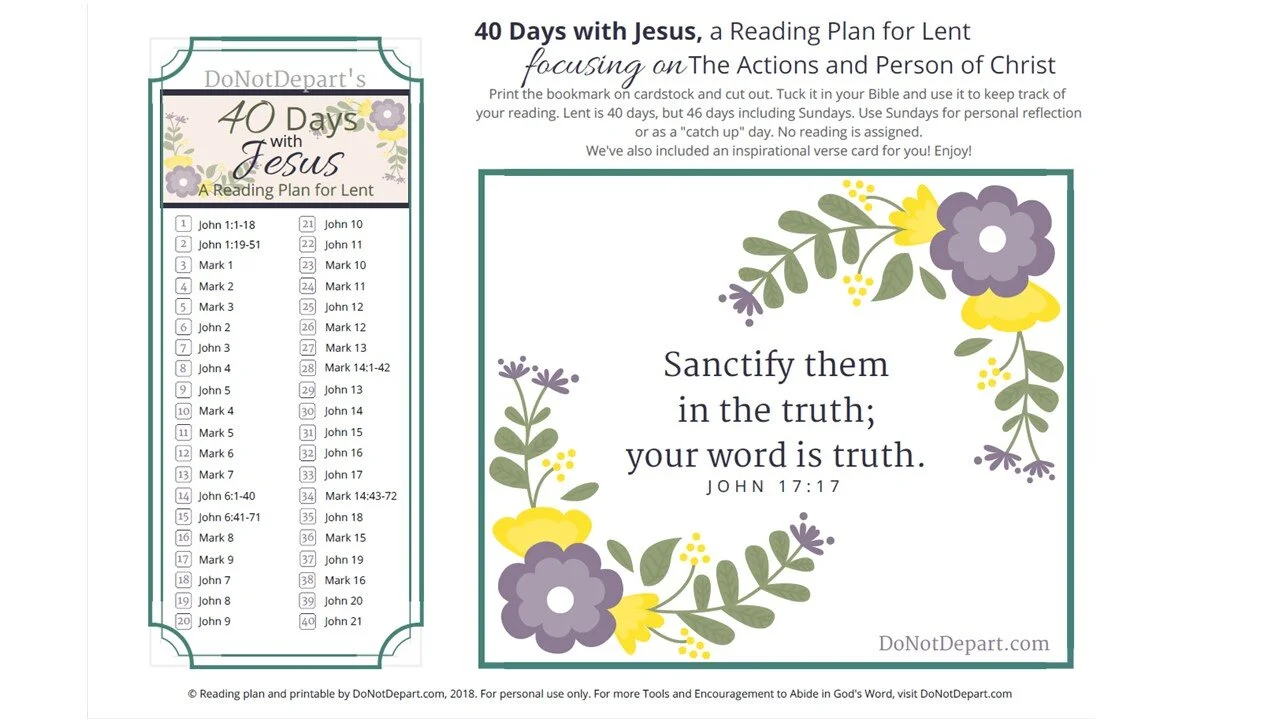I feel like the last month has been sort of a forced monastic-style retreat for me. I believe the Lord has shown me some things, and after direct feedback from our elder team and others, I now believe we have a workable plan that could be the Lord's direction for our next season.
I think it is time for us to return to two services, but I have gone out on a limb somewhat with our leaders in boldly predicting something I don’t have the power to accomplish on my own. In 1862, William Seward told Abraham Lincoln that issuing the Emancipation Proclamation prematurely would "look like the last measure of an exhausted government," and he urged Lincoln to wait for a battlefield victory before declaring his intention to free enslaved people. That victory came at Antietam in September,1862, and Lincoln issued the Emancipation Proclamation on January 1, 1863. I am aware that announcing two services when our one service is still lightly attended could similarly be perceived as too much, too soon. So that is why I am asking for your help.
I am excited about my comeback starting August 1st, and I will start a 4-week conclusion to our Jeremiah series then. But I am even more excited about a 2-week core values series on 9/12 and 9/19, our first weeks with two services again. I don't have a good title for this series yet, but it will be an attempt to cast vision, a relaunch and a reset at the same time. I believe that this will be a turning point in the history of MCC. In the future, I believe our leaders will remember this series, and those who miss it will regret that. It might be titled something like "Looking Backward; Looking Forward," but that's just a working title for now.
After the two-week relaunch series, we will return to our bread and butter, a through-the-book series on II Thessalonians, followed by an Old Testament book, then our Advent series.
With some of you, Gina and I may have some “emotional capital” based upon our long-term relationship with your family. Others will be interested to see how the Lord has intervened to accomplish my healing. To whatever extent Gina and I have gained some credit with you, we would like to spend it on this: Please help make my predictions for August and September come true.
How can you help?
Please start praying now about the success of our August-September strategy.
Small group leaders, please contact your groups and ask them to help spread the word.
Please consider returning to church in August to help demonstrate the need for two services in September.
Please do not miss the 2-week series on 9/12 and 9/19. This will help ensure that we are all pulling in the same direction in our 20th anniversary year.
If it is too early for you to return in person, I would not presume to substitute my judgment for that of your doctors, but please try to attend by live stream in August and September. I believe that there will be value in being together as much as possible during this season, even if you have to attend virtually but at the same time.
Out of town friends: If you are considering a visit to Brevard County soon, please consider making it in August or September so that you can be part of this. Alternatively, if your schedule allows, please join our live-streamed services then.
Please start praying about whom you should invite to church in August and September, and pray for the opportunity to follow through.
We will need more workers by September, so please “report for duty” in August if you can. If you are willing to help in the booth, please contact Nathan Eley. If you can teach Sunday school, please contact Anne Straub. If you could help as a greeter, particularly for the second service, please introduce yourself to Bob Rife.
Please start praying, and consider what kind of small group you might lead, host or join in September. If you are willing to lead and/or host a group in September, please let Jared Smith know in August.
As you pray between now and September, please let me know if you sense any direction from the Lord, and I will pray with you.
I believe that the Lord has put us together. I also believe that the talents and interests the Lord has given you are not just to make you more interesting and impressive, but rather the Lord himself has a claim on those gifts, and He has given us a Great Commission. Has the Lord called you to Melbourne Community Church? Please join me in saying, “Yes, Lord” this fall. I am excited to see what the Lord will do in our congregation this fall to help us prepare for our 20th anniversary year in 2022.

